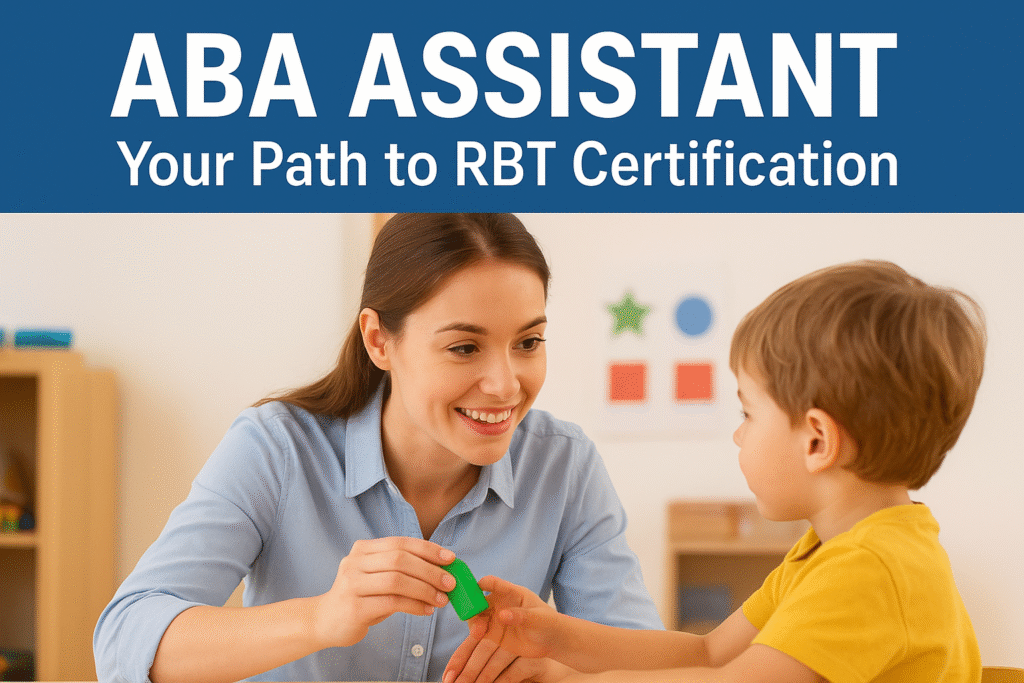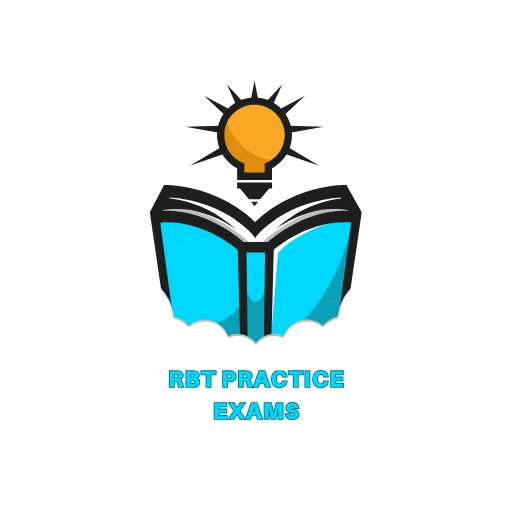An ABA assistant is a professional who works directly with individuals receiving Applied Behavior Analysis therapy. Their role is to support behavior change programs designed by Board Certified Behavior Analysts (BCBAs). Often referred to as behavior technicians or RBTs (Registered Behavior Technicians), ABA assistants play a hands-on role in helping children and adults build essential life, communication, and social skills.
Table of Contents

In short, if you’ve ever wondered who provides the day-to-day guidance during ABA sessions, it’s usually the ABA assistant.
Why ABA Assistants Are So Important
ABA, or Applied Behavior Analysis , is one of the most widely used therapies for individuals with autism and developmental conditions. While BCBAs design the treatment plans, ABA assistants put them into action.
Here’s why the role matters:
Direct support: They work face-to-face with clients, implementing structured programs.
Skill development: They teach communication, play, and independence skills.
Behavior support: They help reduce challenging behaviors through positive strategies.
Progress tracking: They collect data to measure outcomes and report back to supervisors.
Without ABA assistants, BCBAs would not have the capacity to reach as many families and individuals in need.
Typical Duties of an ABA Assistant
Every ABA setting is slightly different, but common responsibilities include:
Running one-on-one teaching sessions.
Using reinforcement to encourage positive behavior.
Supporting clients in classrooms, clinics, or home settings.
Recording detailed session notes.
Following the treatment plan written by a BCBA.
Think of an ABA assistant as both a teacher and a coach patient, encouraging, and consistent.
ABA Assistant vs RBT: What’s the Difference?
Many people confuse ABA assistant with RBT. Here’s the key difference:
ABA Assistant (general term): Anyone working under a BCBA to deliver ABA therapy. Training and certification may vary.
RBT (Registered Behavior Technician): A credentialed ABA assistant who has passed the official exam by the Behavior Analyst Certification Board (BACB) .
So, all RBTs are ABA assistants, but not all ABA assistants are RBTs.
How to Become an ABA Assistant
The good news is that becoming an ABA assistant doesn’t usually require a university degree. Many clinics hire individuals with a high school diploma or some college background and then provide training.
Here’s the typical pathway:
Education: High school diploma or higher.
Training: 40-hour RBT training course (for those seeking certification).
Background Check: Must pass a criminal background screening.
Supervision: Work under the guidance of a BCBA.
Exam (if pursuing RBT): Pass the official RBT exam.
Preparing for the exam is often the biggest hurdle. That’s where study resources like the rbt practice exam , rbt practice test , and rbt mock test become essential.
Skills That Make a Great ABA Assistant
Not everyone is cut out for this role. The most successful ABA assistants usually have:
Patience: Working with individuals who need extra support takes calm persistence.
Communication: Clear, friendly, and supportive interaction is key.
Observation: Ability to notice small behavior changes.
Adaptability: Sessions don’t always go as planned.
Teamwork: Collaboration with BCBAs, families, and teachers.
Salary and Career Growth
Many people ask: How much does an ABA assistant make?
The answer depends on certification and location. In the US and UK, pay varies:
Entry-level ABA assistant: £18,000–£24,000 ($25,000–$32,000 USD).
Certified RBT: £22,000–£30,000 ($30,000–$42,000 USD).
With experience: Some transition into becoming a BCaBA or even a BCBA with further study.
This makes the role a perfect starting point for anyone considering a long-term career in behavioral therapy.
Where Do ABA Assistants Work?
ABA assistants are needed in a variety of settings:
Schools: Supporting inclusion in classrooms.
Clinics: Running one-on-one therapy sessions.
Home programs: Helping children learn routines at home.
Community settings: Practicing social and daily living skills.
Wherever individuals need behavior support, you’ll find ABA assistants making a difference.
Common Questions About ABA Assistants (FAQ) What qualifications do you need to be an ABA assistant?
Most roles require at least a high school diploma, with employers often providing in-house training. To become an RBT, you’ll need to complete a 40-hour training program and pass the BACB exam.
Is an ABA assistant the same as a behavior technician?How long does it take to become an ABA assistant?
Yes. The terms behavior technician, ABA aide, and ABA assistant are often used interchangeably.
You can start working as an ABA assistant almost immediately after training. Becoming an RBT typically takes 1–3 months, depending on how quickly you complete training and pass the exam.
Is ABA assistant a good career?
Yes. It’s rewarding, provides steady employment, and can be a gateway into advanced ABA careers like BCaBA or BCBA.
Preparing for Success as an ABA Assistant
If you’re serious about becoming an RBT-certified ABA assistant, proper preparation is everything. The BACB exam requires both theoretical knowledge and applied understanding.
That’s why practice tests are so valuable:
A rbt practice exam simulates the real test.
A rbt practice test helps reinforce knowledge.
A rbt mock test gives you confidence before test day.
With consistent study, you’ll feel more than ready to pass and start working in the field.
Conclusion: Your Next Step Toward Becoming an ABA Assistant
An ABA assistant plays a vital role in helping individuals learn, grow, and thrive through Applied Behavior Analysis. Whether you start as an entry-level assistant or work toward becoming a certified RBT, this career is both meaningful and full of growth opportunities.
If you’re ready to take the next step, begin preparing today with a rbt practice exam . It’s the smartest way to build confidence and secure your future as a certified ABA assistant.
